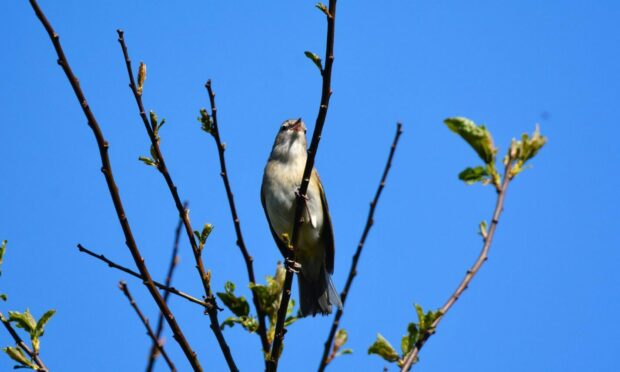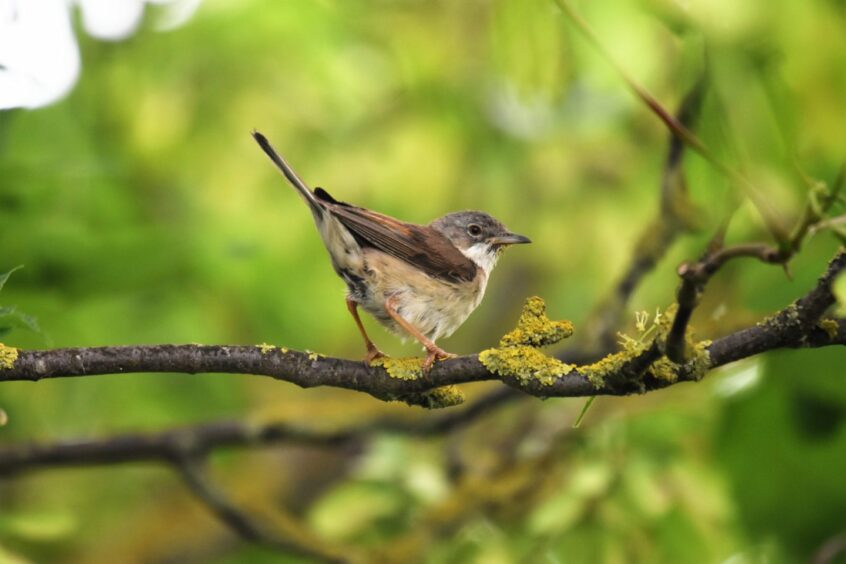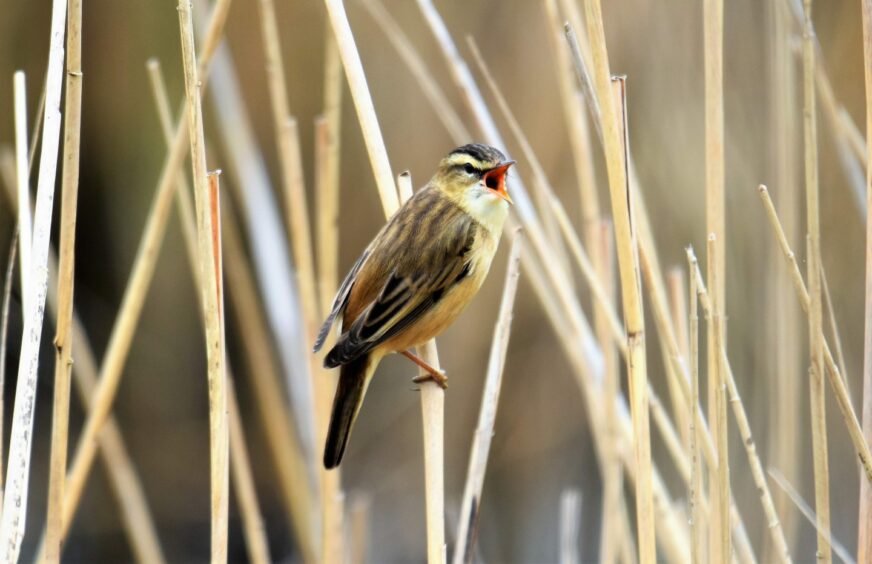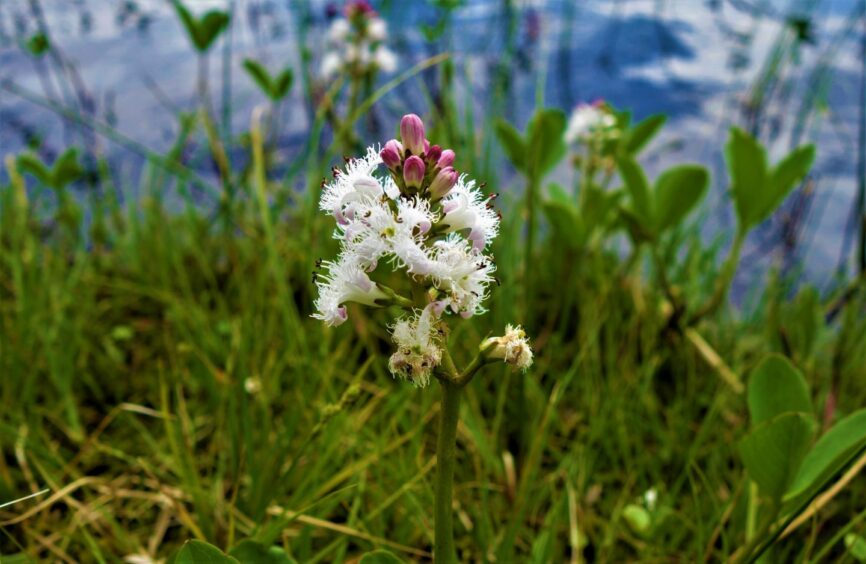The osprey interrupted its preening due to the commotion in the water below its tree perch – a pair of moorhens was bickering in the shallows, their agitated whinnying calls carrying far across the loch as one chased the other with fiery determination.
The osprey peered down to watch the unseemly brawl, but the dispute was soon settled, and with the air now calm, the fish hawk resumed its feather grooming by the edge of Balgavies Loch near Forfar in Angus.
The loch is a wonderful watery haven and home to many different species of breeding bird and a wide array of plants, including rarities such as cowbane and tufted loosestrife.
While ospreys are one of the star attractions, as I circuited the loch, my concentration was more focused on the birdsong all around, including a melodious warbling from up high in a willow. It was a garden warbler, a rather non-descript bird with warm-brown plumage.
The fluty song is akin to that of its more familiar warbler cousin, the blackcap, but is mellower with softer undertones.
The garden warbler is one of our more secretive birds, a relatively frequent summer visitor, yet preferring to keep under cover where its undistinguished brown plumage aids in its perennial concealment. These mysterious birds seldom stay still and are always on the move as they slip through thick tangles of vegetation.
Other warblers were making their presence felt too, including whitethroats and sedge warblers. Both species have rather scratchy songs, but which nonetheless have a beguiling quality that never fails to enthral.
A willow warbler was also in full flow, its cascading song one of the wonderful hallmarks of spring and early summer.
At one end of Balgavies Loch, a thick, tangled expanse of willow carr caught my eye. Like the alder, willow is one of the few trees that can thrive with their roots fully submerged in water. In some ways carr woodland can be likened to a tropical mangrove swamp, with the myriad of trees prospering in shallow, languid expanses of water. Such areas are rich in aquatic life, including frogs, newts and the nymphs (larvae) of dragonflies and damselflies.
In one pool, an impressive sweep of bogbean fringed the margin. The blooms were on the verge of emerging, and once they do so, there are few flowers that can match their bewitching beauty. The flower spikes are intricate and compelling, an eclectic mix of white and subtle shades of pink.
As I continued my circuit, the singing of another sedge warbler filled the air. Soon, I spotted the bird by a reedy margin, and he swept up into the air in a fluttering song flight, before quickly descending again.
Once settled on a prominent song perch, he swivelled his head from side-to-side as he sang his sweet music, the deep orange gape continually flashing like a beacon, providing a vibrant insight into his inner being and acting as a beacon to the overwhelming vitality of this season of procreation.




